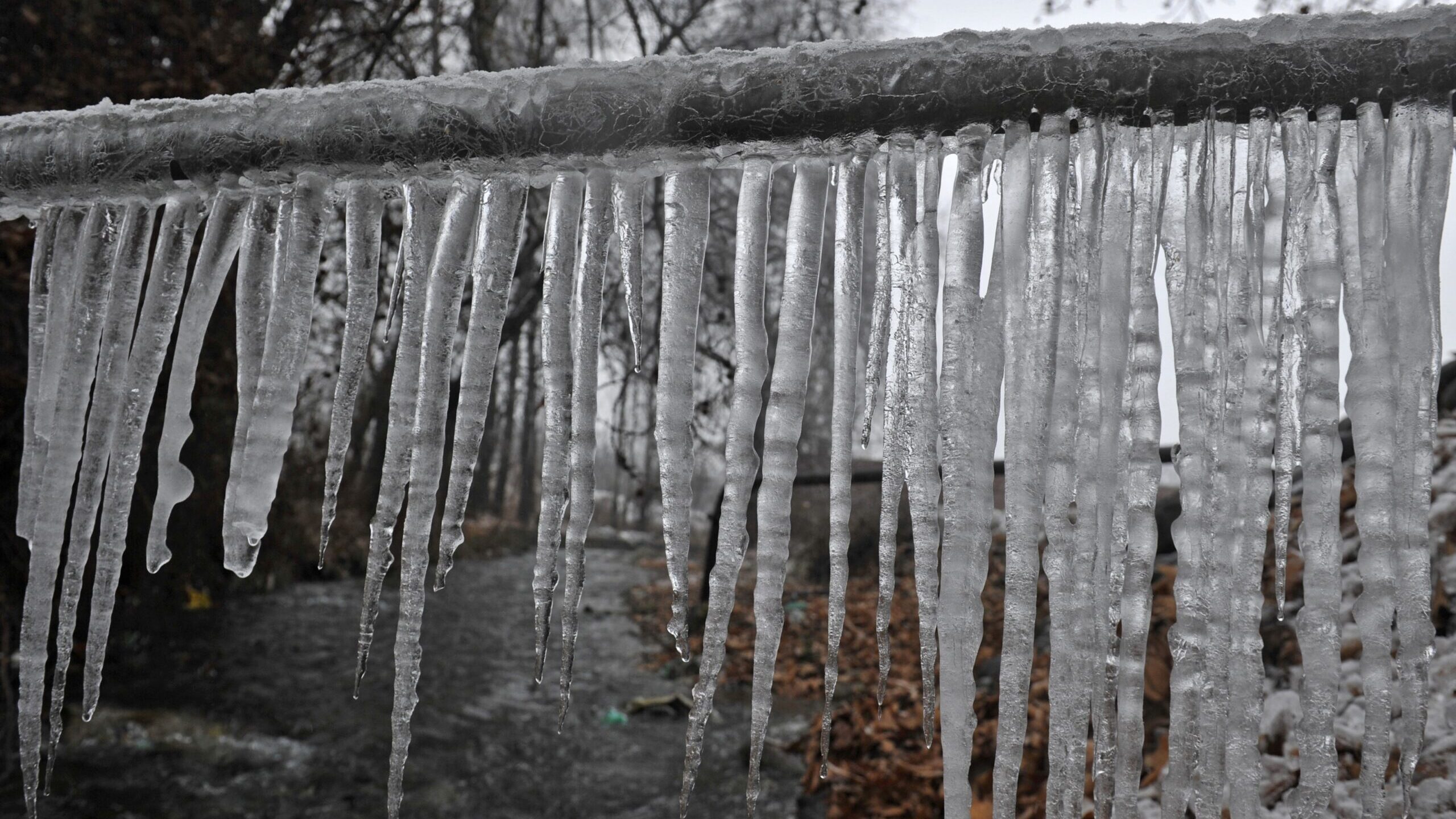Avoid Frozen Plumbing in Cold Weather: Professional Advice
Avoid Frozen Plumbing in Cold Weather: Professional Advice
Blog Article
Just about everyone may have his or her own way of thinking about Helpful Tips to Prevent Frozen Pipes this Winter.

Winter can damage your pipes, particularly by freezing pipelines. Here's how to avoid it from happening and what to do if it does.
Intro
As temperatures decline, the danger of icy pipes boosts, potentially causing costly repairs and water damage. Recognizing how to avoid icy pipes is important for home owners in cold climates.
Recognizing Frozen Pipelines
What creates pipelines to ice up?
Pipelines freeze when exposed to temperatures below 32 ° F (0 ° C) for prolonged periods. As water inside the pipes ices up, it expands, putting pressure on the pipeline wall surfaces and possibly creating them to break.
Threats and problems
Frozen pipelines can bring about water disturbances, property damages, and costly repair work. Burst pipelines can flooding homes and trigger comprehensive structural damages.
Indications of Frozen Pipeline
Determining frozen pipes early can stop them from bursting.
How to determine icy pipes
Seek decreased water flow from faucets, unusual odors or sounds from pipes, and visible frost on subjected pipes.
Avoidance Tips
Insulating prone pipes
Wrap pipelines in insulation sleeves or use warm tape to shield them from freezing temperatures. Focus on pipes in unheated or external locations of the home.
Heating methods
Keep indoor rooms sufficiently warmed, specifically areas with pipes. Open up closet doors to permit cozy air to flow around pipelines under sinks.
Shielding Exterior Pipes
Yard tubes and outside faucets
Detach and drain garden hoses prior to winter months. Mount frost-proof spigots or cover outdoor taps with shielded caps.
What to Do If Your Pipelines Freeze
Immediate activities to take
If you think frozen pipelines, keep taps available to eliminate pressure as the ice thaws. Utilize a hairdryer or towels soaked in warm water to thaw pipelines gradually.
Long-Term Solutions
Architectural modifications
Think about rerouting pipelines far from exterior wall surfaces or unheated areas. Include additional insulation to attics, basements, and crawl spaces.
Updating insulation
Invest in top quality insulation for pipelines, attic rooms, and walls. Correct insulation helps preserve regular temperatures and minimizes the threat of frozen pipes.
Final thought
Protecting against icy pipes requires proactive procedures and fast feedbacks. By recognizing the causes, signs, and preventive measures, property owners can safeguard their pipes throughout winter.
5 Ways to Prevent Frozen Pipes
Drain Outdoor Faucets and Disconnect Hoses
First, close the shut-off valve that controls the flow of water in the pipe to your outdoor faucet. Then, head outside to disconnect and drain your hose and open the outdoor faucet to allow the water to completely drain out of the line. Turn off the faucet when done. Finally, head back to the shut-off valve and drain the remaining water inside the pipe into a bucket or container. Additionally, if you have a home irrigation system, you should consider hiring an expert to clear the system of water each year.
Insulate Pipes
One of the best and most cost-effective methods for preventing frozen water pipes is to wrap your pipes with insulation. This is especially important for areas in your home that aren’t exposed to heat, such as an attic. We suggest using foam sleeves, which can typically be found at your local hardware store.
Keep Heat Running at 65
Your pipes are located inside your walls, and the temperature there is much colder than the rest of the house. To prevent your pipes from freezing, The Insurance Information Institute suggests that you keep your home heated to at least 65 degrees, even when traveling. You may want to invest in smart devices that can keep an eye on the temperature in your home while you’re away.
Leave Water Dripping
Moving water — even a small trickle — can prevent ice from forming inside your pipes. When freezing temps are imminent, start a drip of water from all faucets that serve exposed pipes. Leaving a few faucets running will also help relieve pressure inside the pipes and help prevent a rupture if the water inside freezes.
Open Cupboard Doors
Warm your kitchen and bathroom pipes by opening cupboards and vanities. You should also leave your interior doors ajar to help warm air circulate evenly throughout your home.

We hope you enjoyed our section on Helpful Tips to Prevent Frozen Pipes this Winter. Many thanks for spending some time to read our short article. Don't hesitate to take the opportunity to promote this blog entry if you enjoyed reading it. Many thanks for your time. Revisit us soon.
Visit Page Report this page